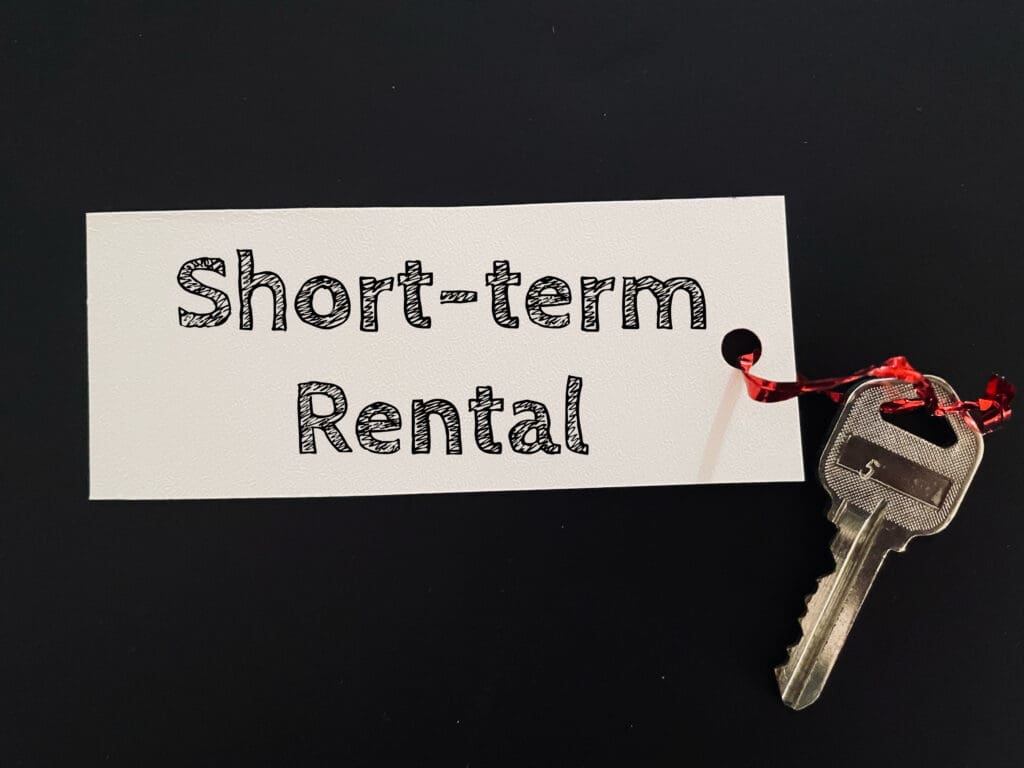The vacation rental business is booming. There are an estimated 1.3 million such properties in the United States, with Airbnb and Booking.com leading the pack with the most listings. Although the U.S. only accounts for about 20 percent of the global vacation rental market, approximately 60 million people annually stay in these properties.
Four out of ten Americans own vacation homes. Some only use them to entertain family and friends; others purchase them as a money-making investment.
Paying taxes on vacation rentals, however, can be complex and costly. That’s why maximizing any tax savings possible is so important. One way for short-term vacation rental owners to dramatically reduce taxable income is through cost segregation.
What is Cost Segregation?
Utilized to assist in the acceleration of depreciation for commercial real estate, cost segregation is defined as the process of identifying property components that are considered personal property or land improvements under the federal tax code. As the American Society of Cost Segregation Professionals (ASCSP) explains, it is designed to identify all construction-related costs that can be depreciated over a shorter tax life (typically five, seven and 15 years) than the building (39 years for non-residential real property).

How does this apply to short-term vacation rentals? Cost segregation enables owners of such rentals to increase tax deductions by accelerating the depreciable life of various assets of a building. This, in turn, reduces the amount of taxes owed.
To be depreciable, a vacation rental property must meet all the following Internal Revenue Service (IRS) requirements:
- It must be property you own.
- It must be used in your business or income-producing activity.
- It must have a determinable useful life.
- It must be expected to last more than one year.
How Does Cost Segregation Apply to Vacation Rentals?
As the IRS notes, property, whether acquired or constructed, typically consists of multiple asset types with different recovery periods. Whereas depreciation decreases the value of a property over time — 27.5 years for a residential rental property — its non-permanent components and systems depreciate at a faster rate.
The depreciation of certain qualifying assets (tangible personal property) in a short-term vacation rental can be accelerated to five, seven or 15 years. Anywhere from 10 to 40 percent of interior and exterior components of such type of property fall into this category. The assets are reclassified as either personal property or land improvements.
To properly compute depreciation, property typically is separated into asset groups having the same recovery periods and placed-in-service dates. It is based on criteria established under the Investment Tax Credit (ITC) laws under § 48. Examples of these assets include:
| 5- and 7-Year Assets | 15-Year Assets |
|
|

Qualification Through an Exception to The Passive Activity Rule
Vacation rental properties generate both passive and active income for their owners. Under U.S. tax law, taxpayers are not allowed to offset their wages with losses from rental activities — if those losses are considered passive. The IRS defines passive income as money made from an enterprise in which a taxpayer is not materially involved.
There’s an exception to this rule, though, and it’s found in Treasury Regulations §1.469-1T(e)(3)(ii)(A). The exception states that an activity involving the use of tangible property is not a §469 rental activity if “the average period of customer use for such property is seven days or less.”
Along with meeting the seven-day rule, owners of short-term vacation rentals can turn losses non-passive if they meet one of the following seven material participation tests from the IRS:
- You participated in the activity for more than 500 hours.
- Your participation was substantially all the participation in the activity of all individuals for the tax year, including the participation of individuals who didn’t own any interest in the activity.
- You participated in the activity for more than 100 hours during the tax year, and you participated at least as much as any other individual (including individuals who didn’t own any interest in the activity) for the year.
- The activity is a significant participation activity, and you participated in all significant participation activities for more than 500 hours. A significant participation activity is any trade or business activity in which you participated for more than 100 hours during the year and in which you didn’t materially participate under any of the material participation tests, other than this test. See Significant Participation Passive Activities under Recharacterization of Passive Income, later.
- You materially participated in the activity (other than by meeting this fifth test) for any 5 (whether or not consecutive) of the 10 immediately preceding tax years.
- The activity is a personal service activity in which you materially participated for any 3 (whether or not consecutive) preceding tax years. An activity is a personal service activity if it involves the performance of personal services in the fields of health (including veterinary services), law, engineering, architecture, accounting, actuarial science, performing arts, consulting, or any other trade or business in which capital isn’t a material income-producing factor.
- Based on all the facts and circumstances, you participated in the activity on a regular, continuous, and substantial basis during the year.
How Cost Segregation Benefits Owners of Short-Term Vacation Rentals
Reclassifying assets of short-term vacation rentals enables property owners to claim accelerated depreciation on them, resulting in a reduced tax liability. This is especially advantageous in the early years of vacation rental property ownership. It’s a good way to increase the return on investment for rental properties.
Accelerated depreciation of the assets also allows short-term vacation rental investors to increase cash flow. These funds can be utilized for unexpected expenses, property improvements or expansion.

Conducting a Cost Segregation Study
The difficult part of realizing the tax benefits of owning a short-term vacation rental is conducting a cost segregation study. In addition to analyzing the costs associated with a property according to IRS-approved pricing guides, it is used to identify and categorize the property into assets and determine which ones are eligible for shorter depreciation periods.
A cost-segregation study is an IRS-sanctioned program. It could result in savings of more than 20 percent on taxes for the depreciation of the assets of a short-term rental property. Plus, the tax write-offs for a property that had a cost segregation study are often higher than one that has not.
Cost segregation studies (or analyses) for federal income tax purposes can be done retroactively. This enables owners of short-term vacation rentals to catch up on missed asset depreciation opportunities from prior years
This process can help investors more efficiently manage and maintain a property and reduce its operating costs over time, but it is subject to a strict IRS guidelines to ensure compliance and prevent abuse. Therefore, to maximize the tax benefits and properly claim it, owners of short-term vacation rentals should enlist the assistance of a certified accountant and/or engineer.
At StenTam, we offer specialized cost segregation analysis conducted by professionals with expertise in engineering and accounting. And, we provide technology-enabled tax solutions that provide accurate, compliant and hassle-free tax filings. Contact us today to learn more!



